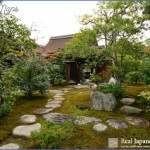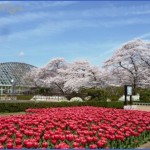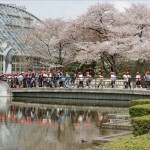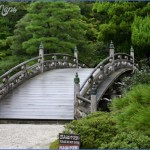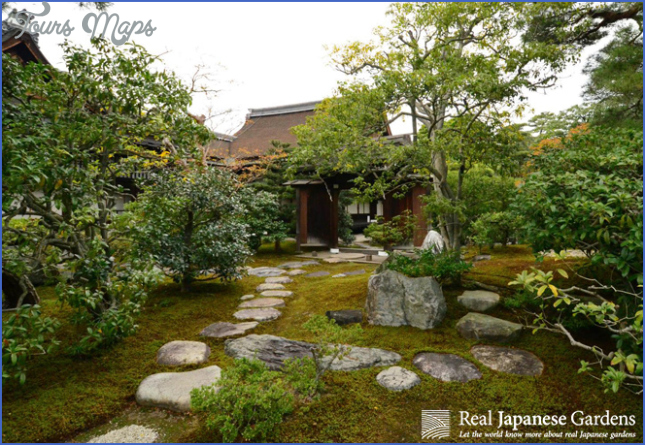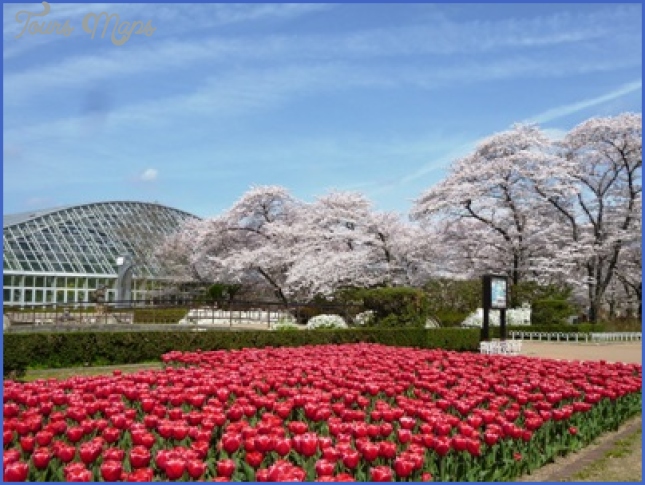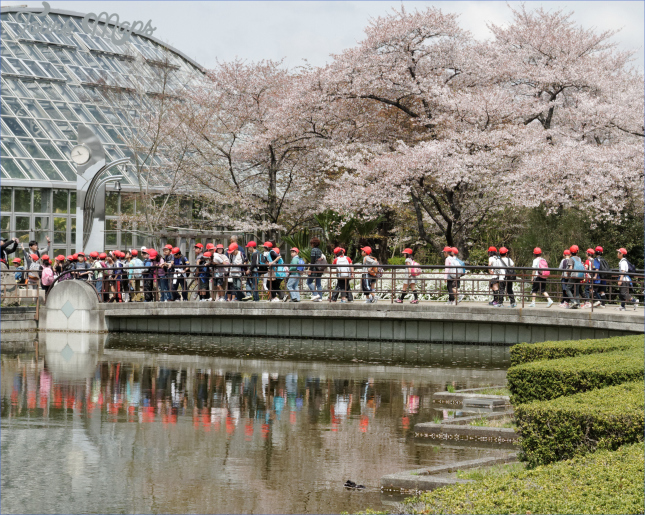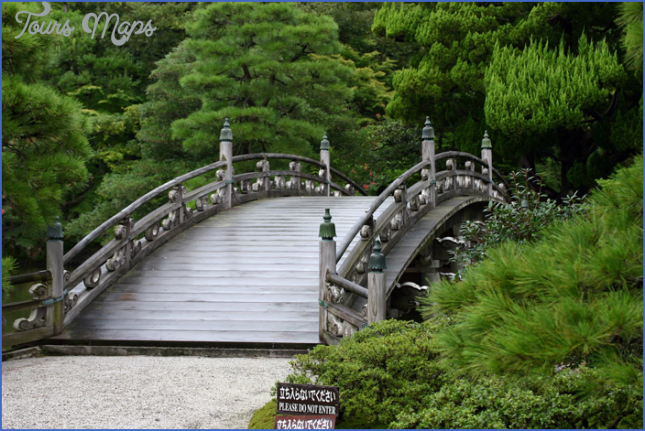The city of Kyoto features the country’s finest concentration of traditional Japanese gardens. Kyoto’s exceptional examples of the best of the Japanese gardening arts include gardens of refined simplicity built upon principles first set forth in the 11th-century gardening treatise Sakuteiki, with its ritualized use of natural materials, geomantic imperatives, and Buddhist allegory. Kyoto contains Zen gardens of minimalist stone and gravel, topiary creations of infinite detail, strolling gardens with masterly crafted ponds and waterfalls, and pristine courtyard gardens glimpsed through lattice frames in every district. The city is also home to Japan’s oldest public botanical garden, Kyoto Botanical Gardens, founded in 1924. Even Kyoto’s neighborhood vegetable gardens are beautifully laid out, carefully labeled, and meticulously maintained.
Gardens Of Kyoto Photo Gallery
Certain Kyoto temple gardens have achieved such fame that they are like sacred cathedrals, so awe-inspiring as to inevitably be overcrowded with worshipers. The ultimate Kyoto garden experience requires looking beyond such distractions, being aware of a garden’s particular charms and one’s own temperament, the day’s ambience, and the season’s special accouterments. Embrace each garden encounter as a unique ichigo ichie moment that will not be repeated. The famous rock garden at Ryoan-ji inspired the celebrated English artist David Hockney to obsessively jump about “collecting” pieces of the Zen garden in dozens of snapshots, which he reconstructed as a photo collage, brilliantly applying Picasso’s Cubism to photography. Another approach is to just breathe deeply, trust your senses, and clear your mind to savor any Kyoto garden.
A small nakaniwa courtyard garden within a machiya townhouse.
Ingenious shakkei garden design “borrows” the distant scenery of Mount Daimonji at the hilltop Shinnyo-do Temple.
Gozasho Hall’s garden view at Sennyu-ji Temple.
Crepe myrtle brightens the summer garden at Chishaku-in.
A sekimori ishi boundary stone indicates this Daitoku-ji garden footpath is closed.
A stone isle of autumn leaves in the hillside stream at Eikan-do Temple.
Tea enhances the contemplation of a 700-year-old goyomatsu black pine at Hosen-in Temple.
Maybe You Like Them Too
- Top 10 Islands You Can Buy
- Top 10 Underrated Asian Cities 2023
- Top 10 Reasons Upsizing Will Be a Huge Travel Trend
- Top 10 Scuba Diving Destinations
- World’s 10 Best Places To Visit

